(With this job I'm likely to be mainly a Friday-Saturday-Sunday poster, but I'll try to be reading and commenting on people's blogs on other days.)
The crow and the dove
This morning was *warm* and although the hills are still waiting to spring alive again, there are hints of life all around--pussy willows, birdsong. On a morning run saw a magnificent crow up so close, close enough to admire his bill and exchange glances and hear the wind whistling in his wings as he flew off.
Later I heard a distant radio--but it wasn't so distant: it was on the other side of the road, and there was a woman sitting there on her stoop in her bathrobe, enjoying the sun slowly climbing above the trees on the hill across the road. I waved and she smiled and waved. Something like that is as good as sharing a whole meal with someone.
Then a little further on in the run a mourning dove flew up into a tree and the sun shone through its white tail feathers, glowing ... After the flood the dove and the crow became neighbors and told their kids stories about Noah's crazy habits.
music
And music. I have been listening to lots of cumbia and now want to learn to dance it, couples-style. Past me is looking at present me in frank amazement. There there, past self. It's all good. But what I'm sharing here are two songs that are not only nice to listen too but also have cool videos. The first I discovered through Afropop Worldwide: "Tenemos Voz"--very cool animation and a great song.
And "Zapata se Queda" is spectacular in a different way.
Gender of the Day
There's Twitter bot called @genderofthdday that comes up with different amusing combos each day. "The gender of the day is the smell of stale beer and the sound of a dial-up modem"; "The gender of the day is a dragon with a lute." (Actually, I'm realizing as I trawl the back pages that it gives several per day.)
A couple of days ago it gave "The gender of the day is a tired basilisk on a pegasus," and I thought that one needed an illustration, so:

The crow and the dove
This morning was *warm* and although the hills are still waiting to spring alive again, there are hints of life all around--pussy willows, birdsong. On a morning run saw a magnificent crow up so close, close enough to admire his bill and exchange glances and hear the wind whistling in his wings as he flew off.
Later I heard a distant radio--but it wasn't so distant: it was on the other side of the road, and there was a woman sitting there on her stoop in her bathrobe, enjoying the sun slowly climbing above the trees on the hill across the road. I waved and she smiled and waved. Something like that is as good as sharing a whole meal with someone.
Then a little further on in the run a mourning dove flew up into a tree and the sun shone through its white tail feathers, glowing ... After the flood the dove and the crow became neighbors and told their kids stories about Noah's crazy habits.
music
And music. I have been listening to lots of cumbia and now want to learn to dance it, couples-style. Past me is looking at present me in frank amazement. There there, past self. It's all good. But what I'm sharing here are two songs that are not only nice to listen too but also have cool videos. The first I discovered through Afropop Worldwide: "Tenemos Voz"--very cool animation and a great song.
And "Zapata se Queda" is spectacular in a different way.
Gender of the Day
There's Twitter bot called @genderofthdday that comes up with different amusing combos each day. "The gender of the day is the smell of stale beer and the sound of a dial-up modem"; "The gender of the day is a dragon with a lute." (Actually, I'm realizing as I trawl the back pages that it gives several per day.)
A couple of days ago it gave "The gender of the day is a tired basilisk on a pegasus," and I thought that one needed an illustration, so:






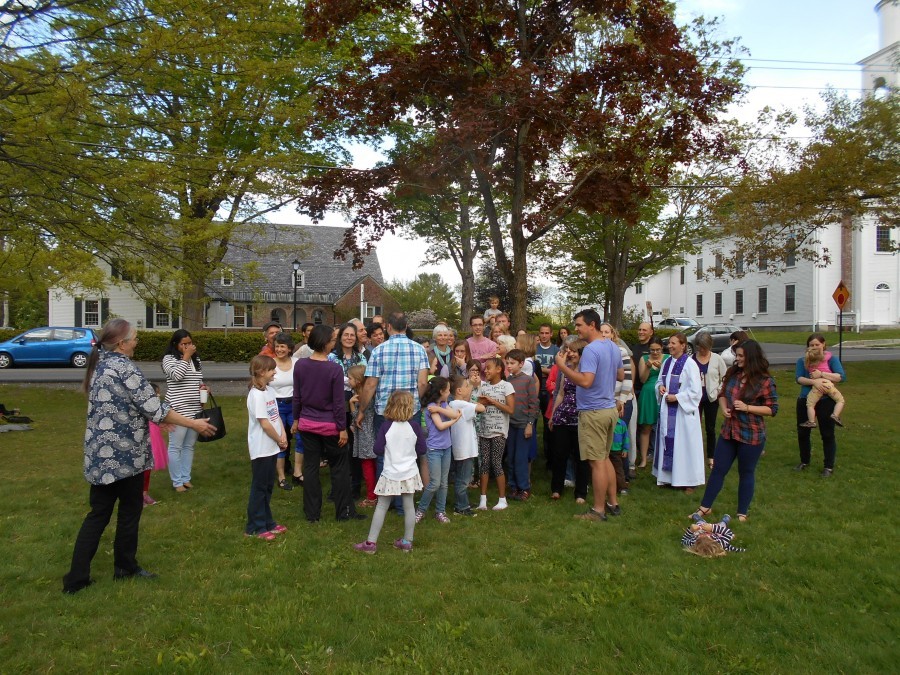
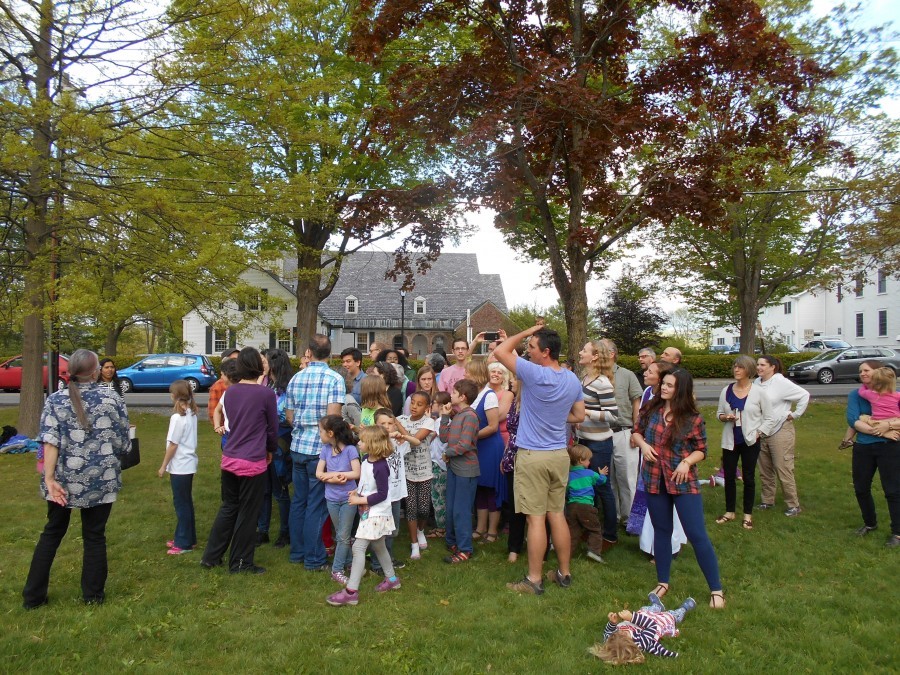
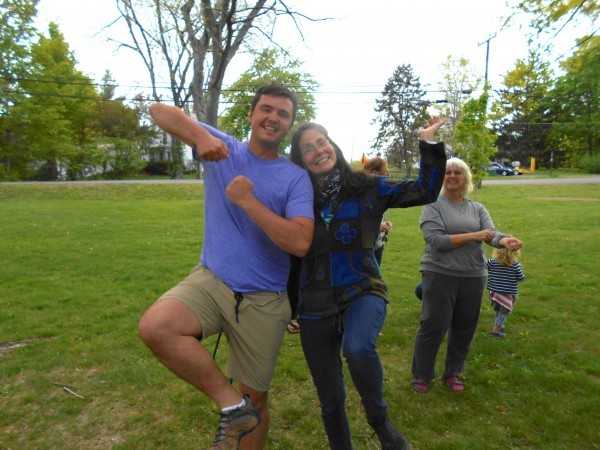
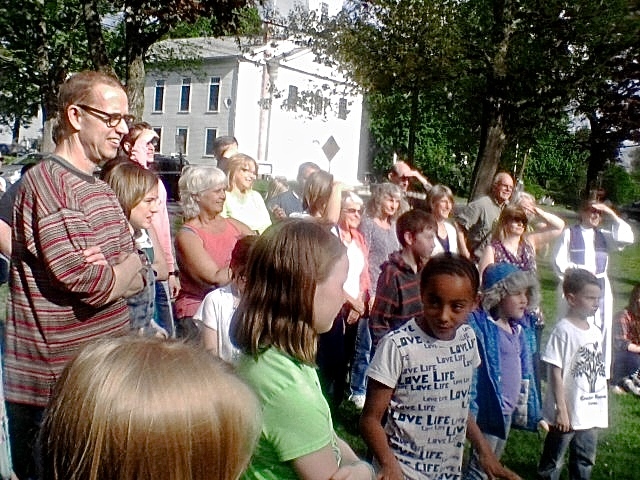


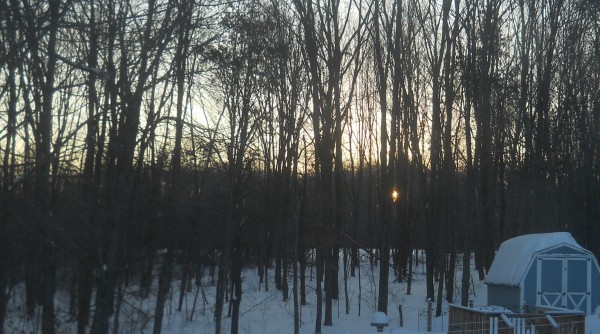



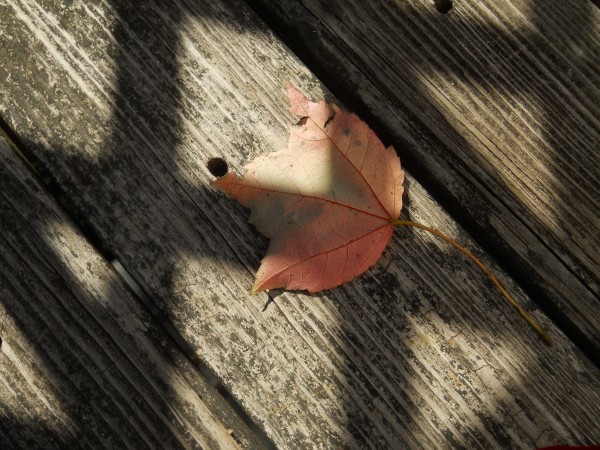

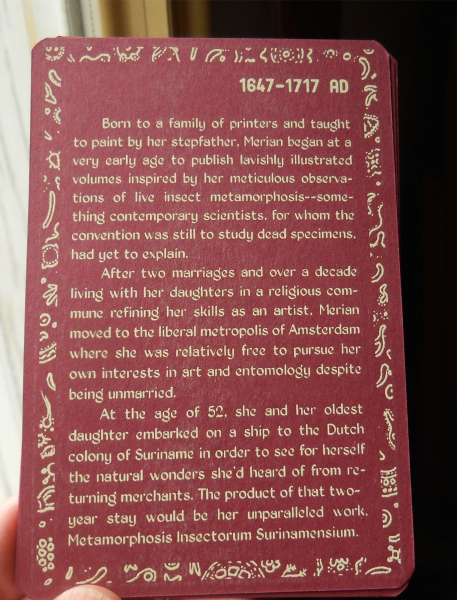








-thumb-590x399-80924.jpg)
